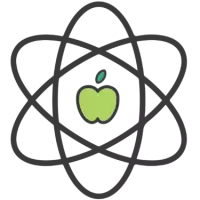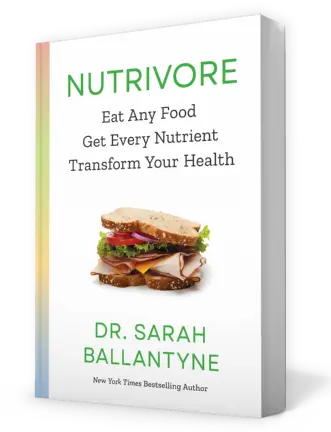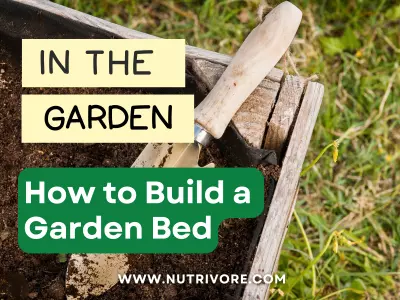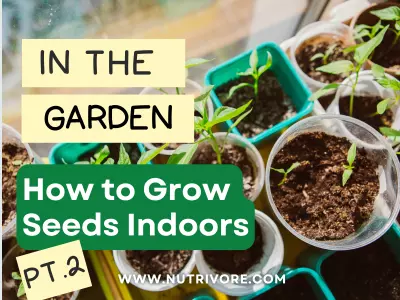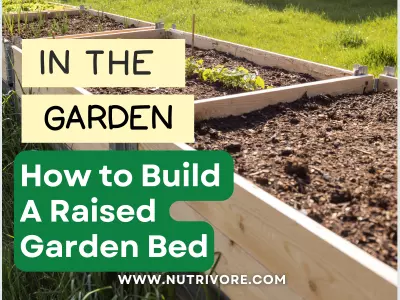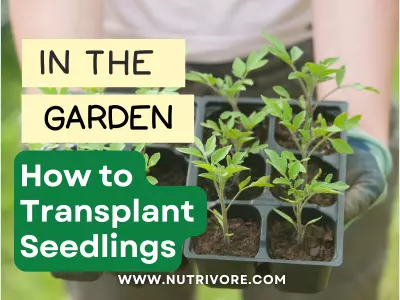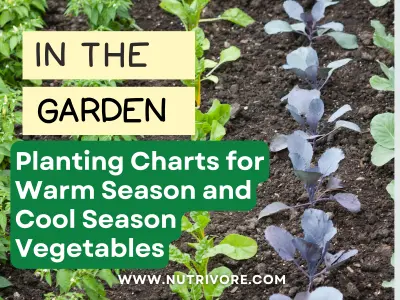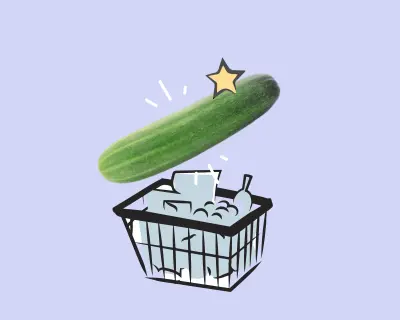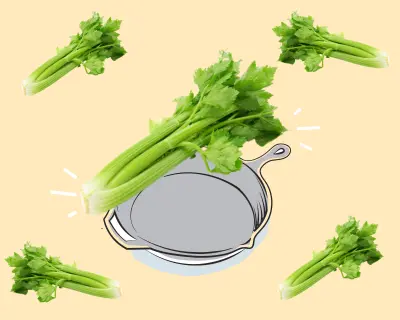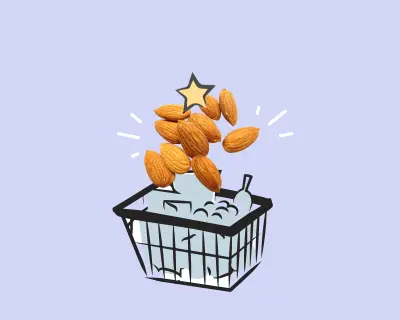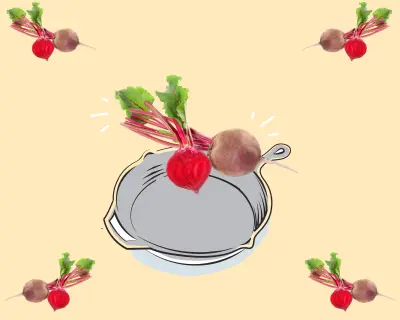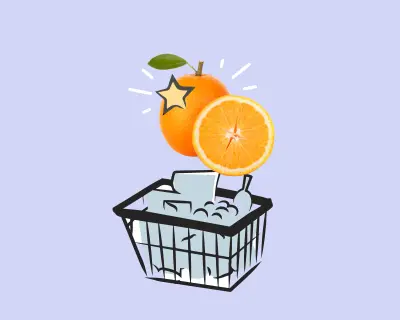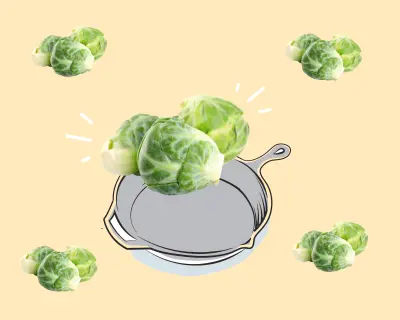Table of Contents[Hide][Show]
Visions of Gardening Danced in My Head
I toss the last wilted celery stick out of my fridge and head to the local grocery store to restock produce. The sun is out, the breeze is crisp, and cherry trees are showing off. I grab a grocery cart and head into the store. There it is—the rack of vegetable seeds—and my head explodes with ideas like the Fourth of July. Tomatoes, cucumbers, zucchini, lettuce, radishes, carrots, peas. I remember planting the bean seed in a cup in Mrs. Roberts’ 3rd grade class and the miracle of watching the seed sprout into a green plant. Wouldn’t it be grand to grow my own produce?
There’s a bare spot in my back yard where I wouldn’t even have to remove the grass. I’ll plant everything there. I’ve got a shovel, somewhere, I think, a hoe, maybe even a rake. I could do this! I start pulling seed packets off the rack. Buy three, get one free! Why stop there—that looks good, and that! Ooh, and this one, too!
Wait a minute. If that bare spot of dirt in my yard isn’t growing grass, maybe it’s not fertile soil. I’m standing in a chain store that likely carries this same seed brand and varieties sold across the US. What if these tomatoes don’t grow in this climate? When should I plant, and how? What about watering?
Seeds are living organisms in need of nurture and care. Impulse-buying seeds is like impulse-adopting a puppy at a garage sale. I need some preparation, some planning, some know-how.
I trust Dr. Sarah and Nutrivore because it is science-based. I need to find vegetable gardeners who use science, not folklore and green thumbs, to cultivate vegetables. I’ll contact my local Extension Master Gardeners. They know what they’re talking about, and they volunteer to equip local gardeners with the information they need to get started! And it’s free!
Location, Location, Location
Vegetable seeds or transplants need six-to-eight hours of sunlight, good soil, water and air.
I need to identify the best place to locate the garden.
I take photos of the yard to record sunshine and shadow once each hour between sunrise to sunset. I’m surprised by the initial results. Without this observation, I could have invested time, labor and money into a shaded plot. I plan to repeat this as the sun’s orbit changes over the growing season.
Help! My Soil is Dead.
Plants grow in nutrient-dense soil, which is alive with micro-organisms that feed the visible inhabitants—worms, centipedes and beetles.
Once I discover the sunniest areas of my yard, I explore the next component—soil.
I know I’m in trouble as soon as I turn over the first shovel full: no earthworms. A quick and easy soil test reveals too much sand, not enough silt or clay. No wonder crabgrass and dandelions thrive. The soil in my yard needs amending if it’s ever going to grow vegetables. But how much and what kind?
I contact my county office to learn how I can have my soil tested. They give me instructions for how to gather and mix a sample for testing. My report comes back in about two weeks with recommendations for the types of soil amendments I need to use, how much, plus when and how to add the amendments.
If I had garden soil with earthworms, I might be tempted to skip the expense of soil testing. (Five earthworms in a shovel full of earth = healthy soil.) But the Extension Master Gardeners recommend repeating testing every three years. It’s not hard to do and it saves money—no need to buy the latest and greatest soil amendments— and no more guesswork.
State-level Department of Ecology websites identify areas exposed to toxic wastes. Once contaminated, soil cannot be rehabilitated. For an extra cost, labs can test for contaminants so gardeners can be reassured that food grown in their yards is safe to eat.
At-Home Soil Test
- Put a cup of soil in a pint-size glass jar.
- Fill with water, add a drop of dish soap and shake.
- Set it aside for 24-48 hours.
The soil settles into layers: sand (bottom), silt (middle) clay (top). Ideally, the layers are 40% sand, 40% silt and 20% clay.
Timing is Everything
When I stood at the seed counter dreaming of ripe tomatoes and crunchy cucumbers, I failed to consider how much gardeners rely on weather. Plant too early, and seeds will just sit in the ground and shiver. Plant too late, and plants will not have enough time to mature to harvest. I discover hardiness zones on the internet, looking up my zone by zip code. I learn that cool weather plants can survive early spring frosts and warm weather plants can take the heat of summer if I plant the right kind of seeds or transplants in the right location at the right time of year.
Easy to Grow?
It’s so tempting for me to “GO BIG” and “GO NOW” with the idea of growing my own food, especially as a Nutrivore. When I see words like “easy to grow” on seed packets, I believe them. But seed packets don’t tell you everything. I look forward to sharing my gardening experience with you here.
Gardening Tips
If you’re looking for more gardening tips check out these posts!

